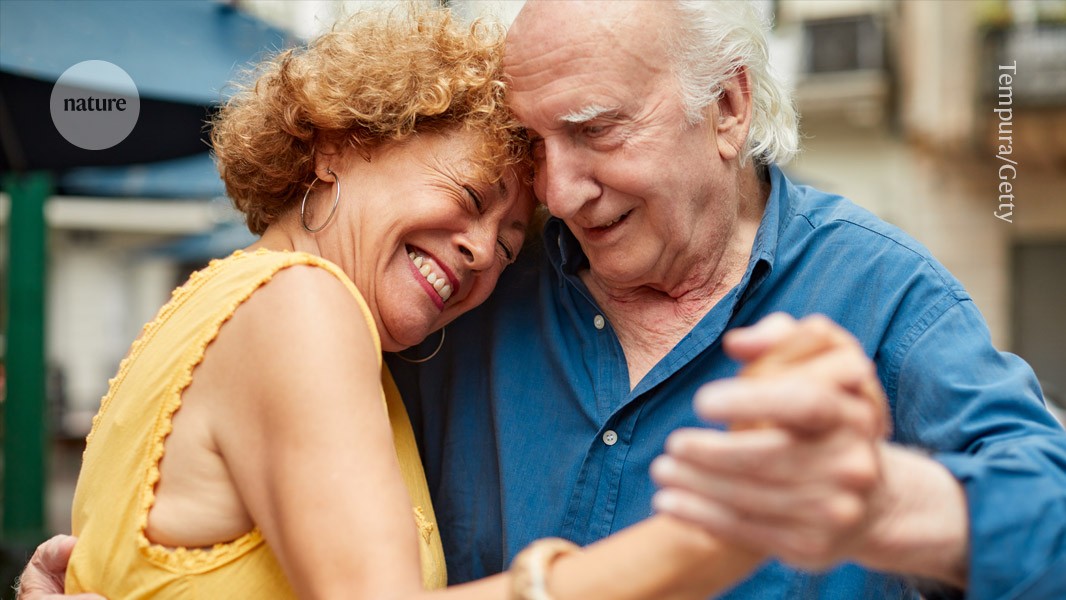
"Whether it's dancing the tango or playing the guitar, engaging in a creative pastime can slow brain ageing, according to a study of dancers, musicians, artists and video game players from multiple countries. The analysis used brain clocks - models that measure the difference between a person's chronological age and the age their brain appears to be - to assess whether creative activities help to maintain neurological youth."
"To address this gap, Ibáñez and his colleagues created brain clocks using neuroimaging data of brain activity taken from 1,240 participants across 10 countries. These machine-learning models used functional connectivity, a measure of how brain regions work together, to estimate brain age. The researchers then applied their brain clocks to 232 tango dancers, musicians, visual artists and video game players of different ages and experience levels to calculate their 'brain age gap' - the difference between their predicted brain age and their actual age."
Brain clocks were created using neuroimaging data of brain activity from 1,240 participants across 10 countries. Machine-learning models used functional connectivity to estimate brain age and calculate a brain age gap, the difference between predicted brain age and chronological age. The models were applied to 232 tango dancers, musicians, visual artists and video game players spanning ages and experience levels. All four creative pursuits were associated with delayed brain ageing. Greater skill and experience correlated with slower brain ageing, and even novice learning produced anti-ageing effects. Engaging in creative activities increased connections in brain regions most susceptible to ageing.
Read at Nature
Unable to calculate read time
Collection
[
|
...
]